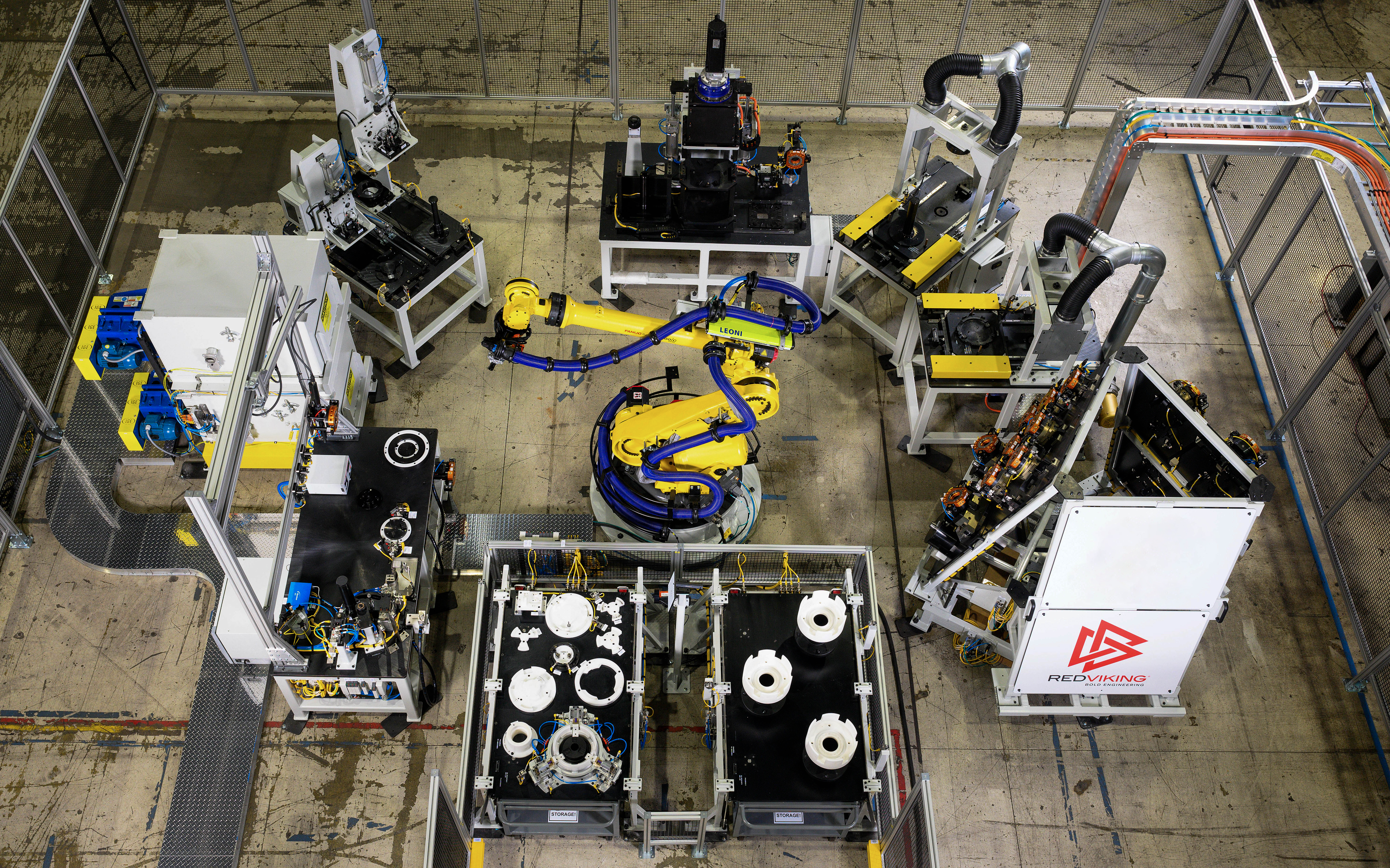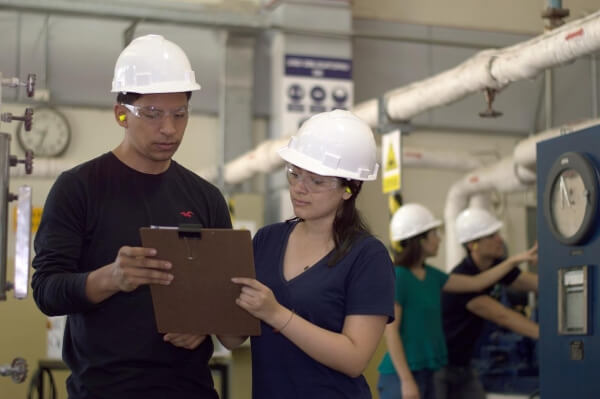Automated Guided Vehicles (AGVs) stand out as reliable workhorses, streamlining material handling processes in warehouses, manufacturing plants, and distribution centers worldwide. But how exactly do these autonomous machines operate, and what makes them such indispensable assets in modern industrial settings? Let’s delve into the basics of AGVs and explore how they work their magic.
At their core, AGVs are self-guided vehicles designed to transport materials within a designated area without human intervention. Unlike manually operated forklifts or conveyors, AGVs operate automatically, following predefined paths or routes to navigate through the facility. They rely on a combination of sensors, onboard computers, and navigation technologies to perceive their surroundings, make decisions, and execute tasks efficiently.
Navigation Techniques
AGVs employ various navigation techniques to traverse their environment accurately. Some common methods include:
Wire Guidance: In this traditional method, a wire or magnetic tape is embedded in the floor along the desired route. AGVs are equipped with sensors that detect the wire or tape, allowing them to follow the path precisely. Wire guidance is ideal for well-defined routes with minimal environmental changes.
Laser Navigation: AGVs equipped with laser navigation systems use lasers to scan their surroundings and create a map of the environment in real-time. This allows them to navigate autonomously and adapt to changes in the environment, such as obstacles or route deviations.
Vision-Based Navigation: Some AGVs utilize cameras and computer vision algorithms to navigate their surroundings. By analyzing visual data, they can detect obstacles, identify landmarks, and navigate complex environments with greater flexibility.
Types of AGVs
Once a route is determined, AGVs are tasked with transporting materials from one location to another efficiently. The AGVs can be equipped with custom tooling to further the functionality of the AGV assembly line.
Direct Load AGVs: Direct load AGVs, capable of carrying up to 15,000 lbs, are ideal for transporting heavy loads such as automotive assemblies, heavy-duty machinery, and chassis frames, enhancing efficiency and safety in manufacturing and industrial environments.

Tugging AGVs: Tugging AGVs, with the capability to tow up to 5,500 lbs, are perfect for moving carts, cab lines, and other large loads, streamlining material flow and reducing manual labor in industrial settings.

Lift AGVs: Lifting AGVs, capable of handling up to 6,000 lbs, enhance assembly line efficiency and improve employee ergonomics by safely lifting and positioning heavy components, reducing the risk of workplace injuries.

Rotate AGVs: Direct load-carrying AGVs with a rotating function provide 360-degree access to assemblies and parts, significantly enhancing ergonomics and operational efficiency by allowing precise positioning and easy handling in manufacturing processes.

Benefits of AGVs
The adoption of AGVs offers numerous benefits to businesses, including:
Increased Efficiency: AGVs operate continuously and can execute tasks with precision and consistency, leading to improved throughput and reduced cycle times.
Enhanced Safety: By reducing the need for human operators in material handling tasks, AGVs help minimize the risk of accidents and injuries in the workplace.
Flexibility: AGVs can be easily reprogrammed to adapt to changing production demands or facility layouts, providing flexibility in operations.
Cost Savings: Over time, the automation of material handling processes with AGVs can lead to cost savings through improved productivity, reduced labor costs, and optimized resource utilization.
In summary, Automated Guided Vehicles (AGVs) play a vital role in modern industrial automation by streamlining material handling processes and enhancing operational efficiency. By leveraging advanced navigation technologies and autonomous capabilities, AGVs offer a reliable and flexible solution for businesses seeking to optimize their logistics operations. As technology continues to evolve, AGVs will undoubtedly remain at the forefront of innovation, driving productivity and competitiveness in diverse industries.







